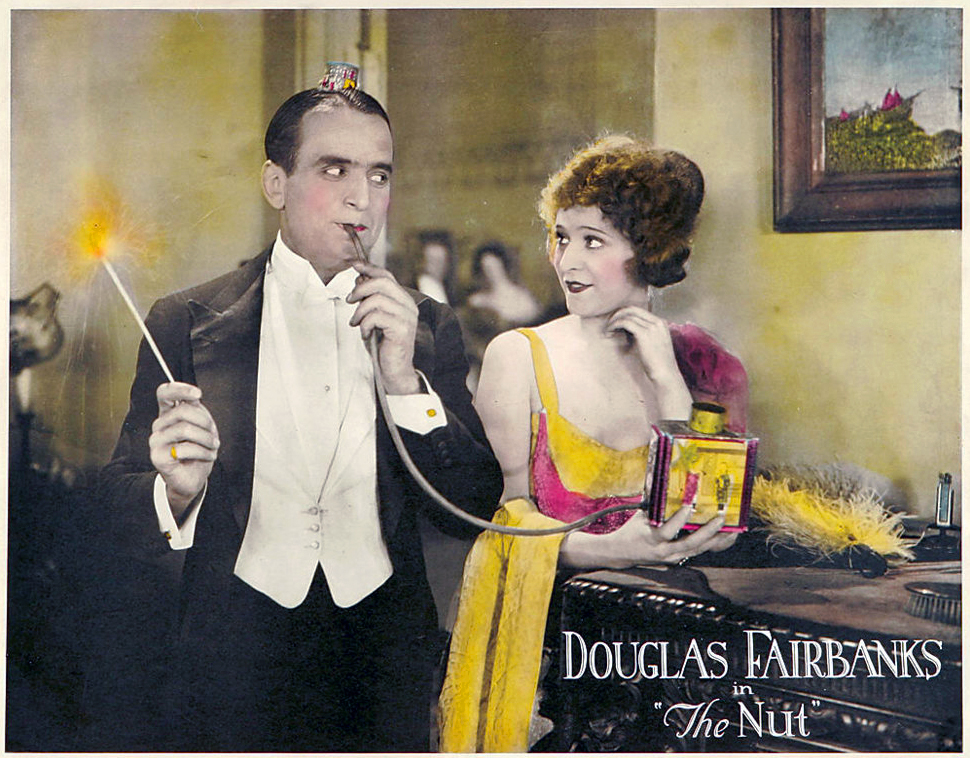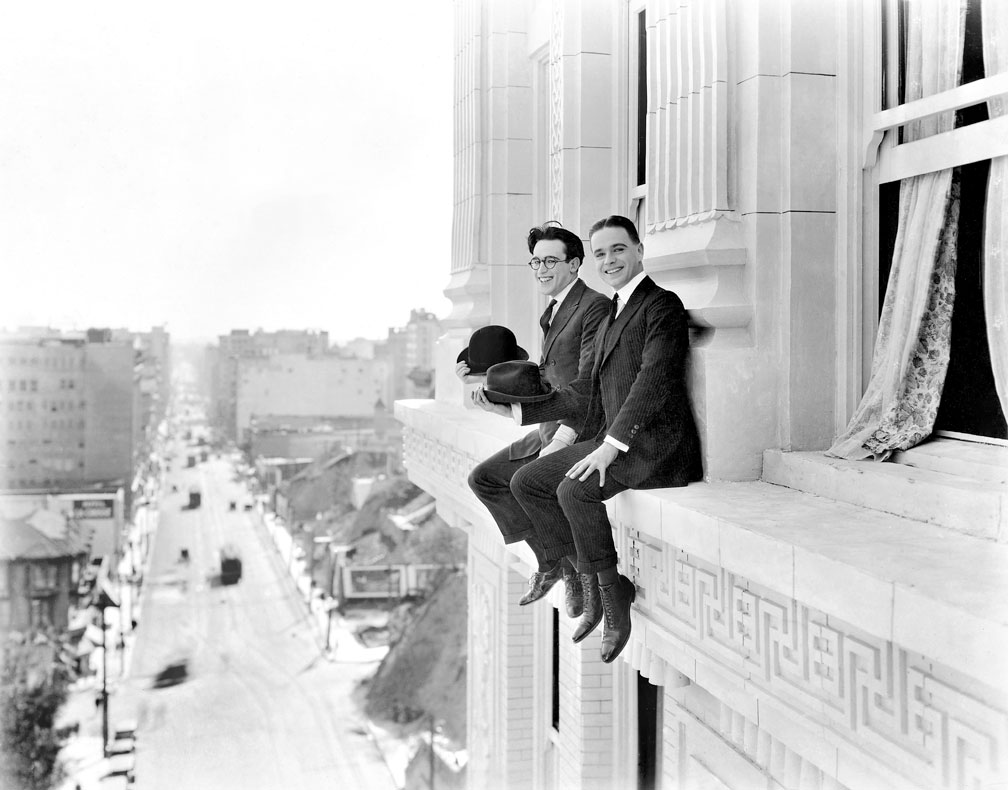I’ve just been down a bit of a rabbit hole, thinking about the trajectory of the feature-length comedy in the early 1920s. (Yeah, I know…” — said no one, ever”). I’ve been revisiting the effect that Chaplin’s The Kid had on slapstick comedies, putting it into the context what was happening for the non-slapstick features.
Douglas MacLean’s films for Thomas Ince were a big presence during this period. The Kid was released in February 1921, and Lloyd’s Grandma’s Boy not until November 1922. Keaton dragged his feet on the graduation to features, his intercut-shorts-anthology Three Ages not being in theaters until September of 1923.
We think of Chaplin, Keaton and Lloyd — and eventually Langdon in 1926 — when we think of silent comedy features that have their roots in the slapstick and physical comedian tradition. But Lloyd and Keaton, starting in late 1922 and 1923 respectively, released two films a year, and Chaplin only made three full-length comedy features during the silent era.

So, what was else was everybody going to cinemas to see for non-short comedies? That rabbit hole I went down concerns answering the same question for in the early 1920s? Even more specifically, what was there once Douglas Fairbanks left his brash young man pictures for costume swashbucklers, and while slapstickers Harold and Buster eased into 5- and 6-reel films?
Here’s what I’ve culled together. So far.
Fairbanks’s Zorro was released in December 1920, and his “safety” The Nut three months later.
Arbuckle’s first comedy for Paramount, The Life of the Party, was released in November of 1920. This, along with another five in 1921, were still in the light-comedy vein, directed by James Cruze, with Roscoe interpolating physical comedy where he could. The last two of this batch were released in August, but were pulled from theaters in late September.
Mabel Normand finished making her slew of Goldwyn features in 1920, and was onscreen once in 1921 in the Sennett-made Molly O’, and twice in 1922 in films that had been made and shelved in 1915 and 1920. This, after being in 18 features from 1918-1920.
Will Rogers starred in six Goldwyn features 1921-1922.
Johnny Hines did not move into features until 1923, and was in the popular series of “Torchy” comedies, 2-reelers based on a popular series of books by Sewell Ford.
Reginald Denny did not start making features until 1923 as well, appearing in support roles in features in 1921 and in the successful “Leather Pushers” series of shorts in 1922.
Douglas MacLean overlapped Douglas Fairbanks in 1920, with Ince releasing five MacLean 5-reel features that year. Once Doug F. moved up to action-based costumers, Doug Mac made four features in 1921, and one in 1922. The normal production schedule resumed for him at the end of that year.

Douglas MacLean visits Harold Lloyd on the set of one of his films. Most probably taken during a photo shoot for Picture Play Magazine for a story published in March 1921. This photo matches a similar one used in the story. I’m guessing this during the making of High and Dizzy, judging by Lloyd’s outfit, even though the publishing date of the article is closer to the making of Never Weaken. Read the article here. Image sourced from the official Harold Lloyd Facebook page.
Harold Lloyd, interestingly enough, made short comedies in 1921 and 1922 that were either three or four reels in length. There are dots that could be connected between Lloyd and MacLean. Their characters were similar — take the slapstick out of Lloyd and you have MacLean, and add slapstick to MacLean and you get Lloyd.
The photo above of MacLean visiting Lloyd on his building-ledge set, atop the Hill St. tunnel — one MacLean would come back to at the end of 1922 to shoot a scene for Bell Boy 13 — makes you wonder how much notes-comparing and conversations may have been happening between the two post-Fairbanks-go-getter leading man comedians.
No eye-popping revelations here. Just trying to flesh out the landscape.